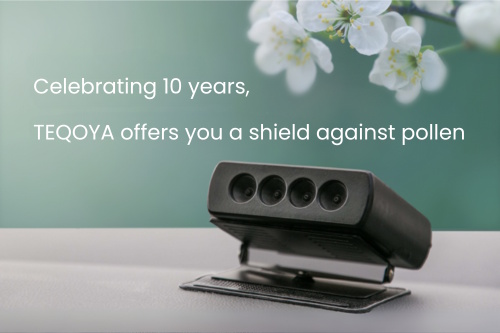
Eco-responsible air purifiers.

Eco-responsible air purifiers.
+33 1 43 70 52 93
Mondays and Wednesdays from 9am to 6pm and Thursdays and Fridays from 2pm to 4pm (Paris time).
Follow our latest news, be part of our discussions and enjoy our exclusive promotions.
Our air purifiers
Air purifiersAir ionizersAir purifiers for the homeAir purifiers for cooking and odorsAir purifiers for living roomsAir purifiers for the bedroomOffice air purifiersAir purifiers for cars, vans and motorhomesAir purifiers for children and elderAir purifiers for sportAir purifiers for wellness and holistic healthAir purifiers for hotels and restaurantsAir purifiers for craftmen and manufacturingAir purifiers for cars, taxis and motorhomesAir filters for building ventilation systems